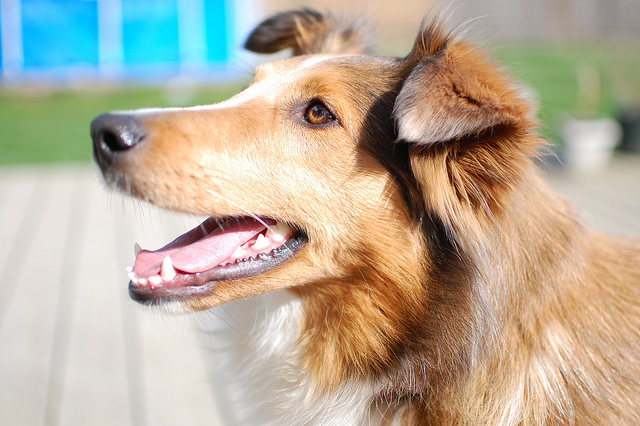Dental Disease in Dogs: HAVE YOU LOOKED IN YOUR DOG’S MOUTH TODAY??
Did you know that dogs rarely show signs of mouth pain that could be caused by dental disease? Even with a cracked tooth or severely damaged gums, your dog might eat, play, and act normally. Your pet may be in chronic pain, but you wouldn’t know it. Why? One theory is that dogs have evolved to hide such chronic pain. Their animal instinct is not to show signs of weakness.
So, it’s extra important to have a look in your dog’s mouth regularly and keep an eye out for signs of dental disease.
Signs of Dental Disease in Dogs:
- Red or bleeding gums
- Blood on a chew toy or bones
- Vocalizing when they yawn or eat
- Loose or broken teeth
- Bad breath
- Head shyness (not wanting you to touch their head)
- Difficulty picking up food
- Chewing on only one side of their mouth
- Nasal discharge and sneezing (advanced gum disease in the upper canine teeth can lead to bone loss between the nasal and oral cavity)
Dental disease in dogs can be very serious. Any signs of dental disease you find in your dog should be examined and diagnosed by a vet. Early detection can save your dog’s teeth, and in some cases even their life. Checking your dog’s mouth for signs of dental disease should become a daily ritual to add to your daily dog dental care and dog teeth cleaning. If you’re not sure how to go about brushing your dog’s teeth, book in for a complimentary teeth-brushing lesson at any of our upcoming clinics – we’d be happy to show you how! You can also check out our teeth-brushing how-to video here. Regular teeth cleanings from a dog dentist (generally every 6 months for smaller dogs, and every 12 months for larger dogs) are also essential to keeping your dog’s mouth healthy.
Photo credit (https://www.flickr.com/photos/liz-grace)



